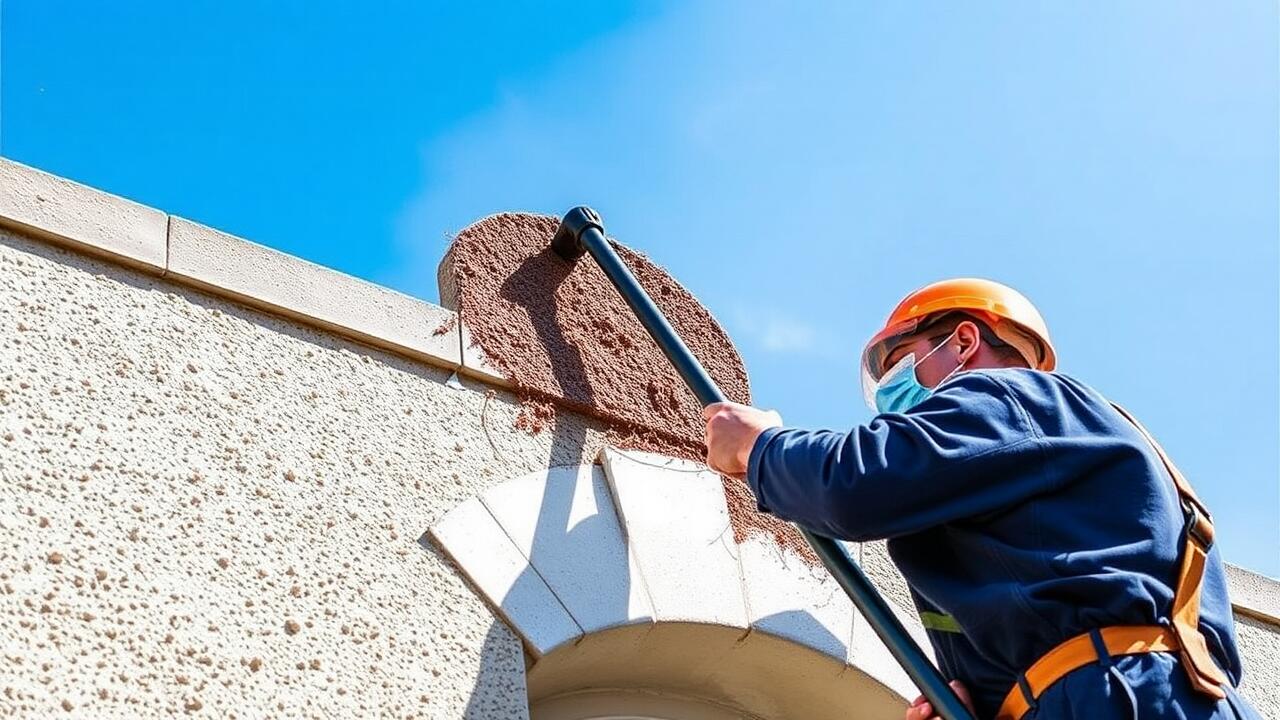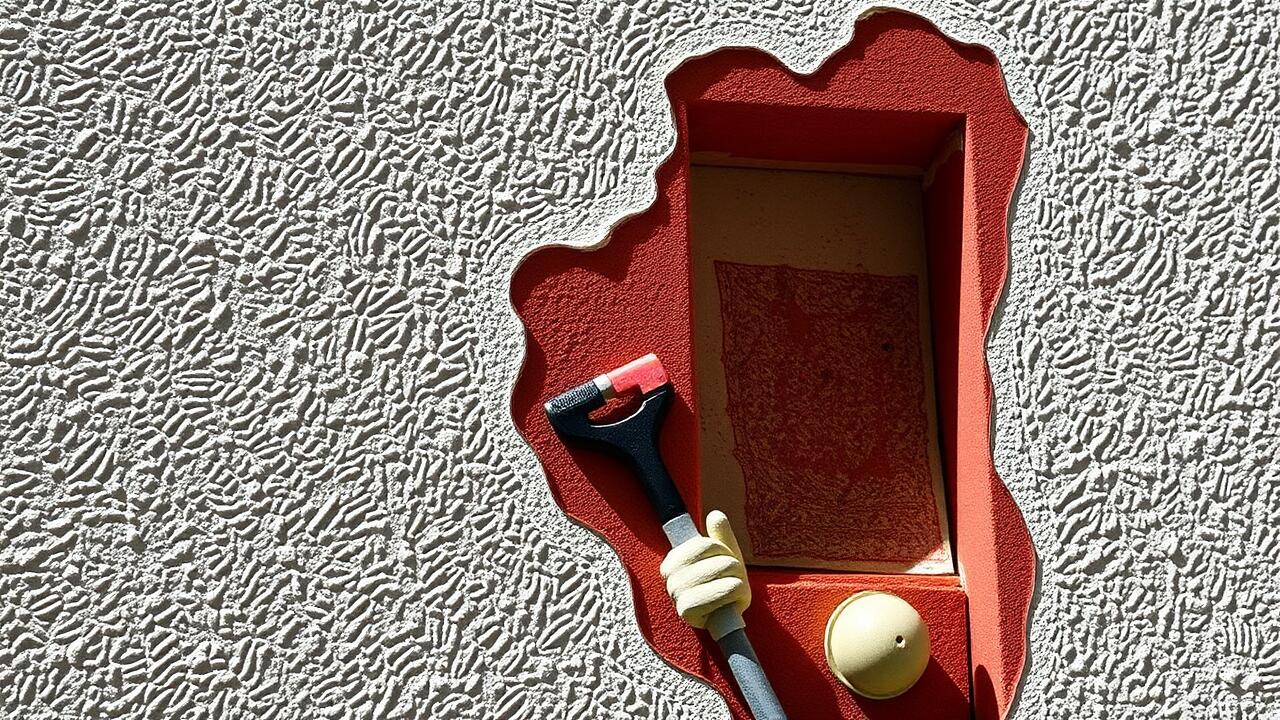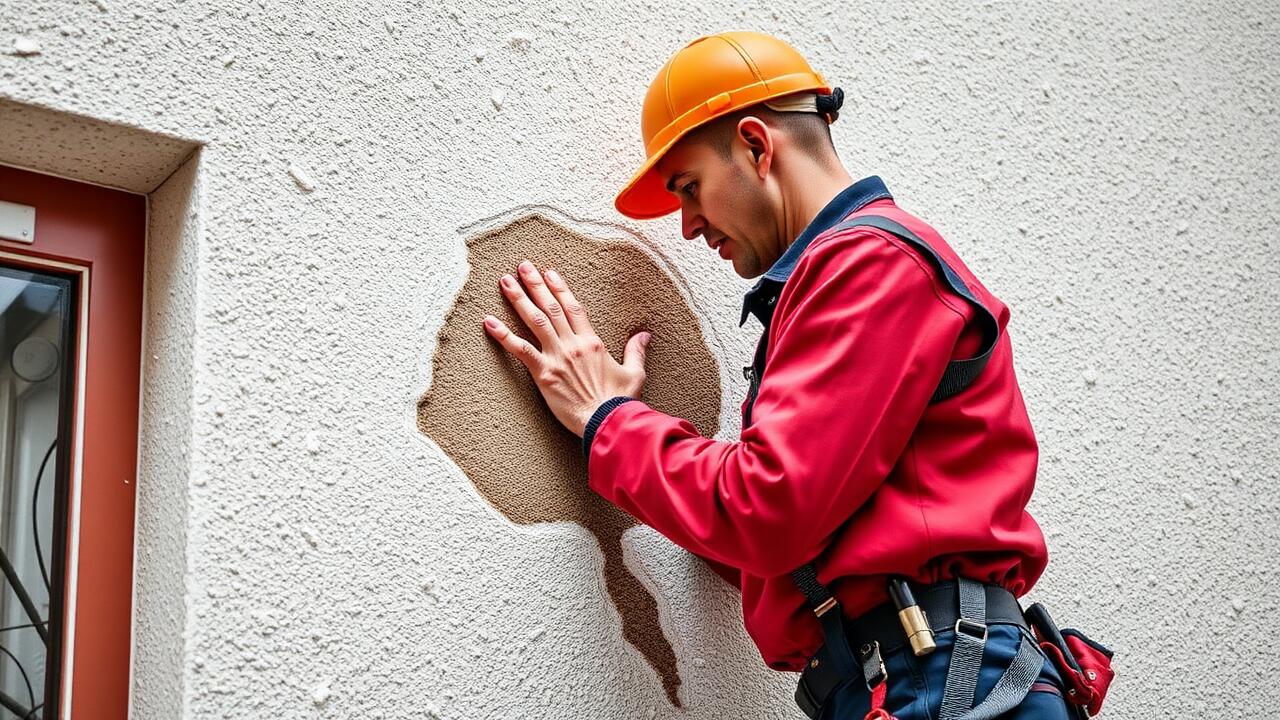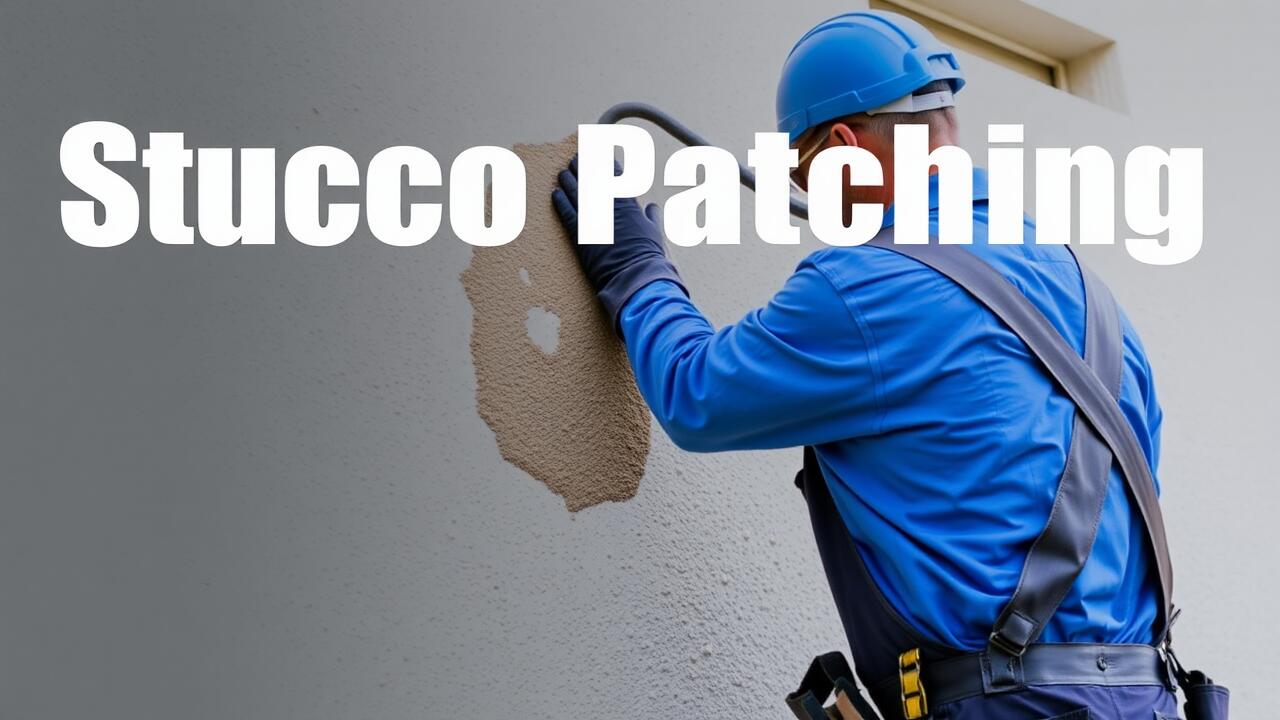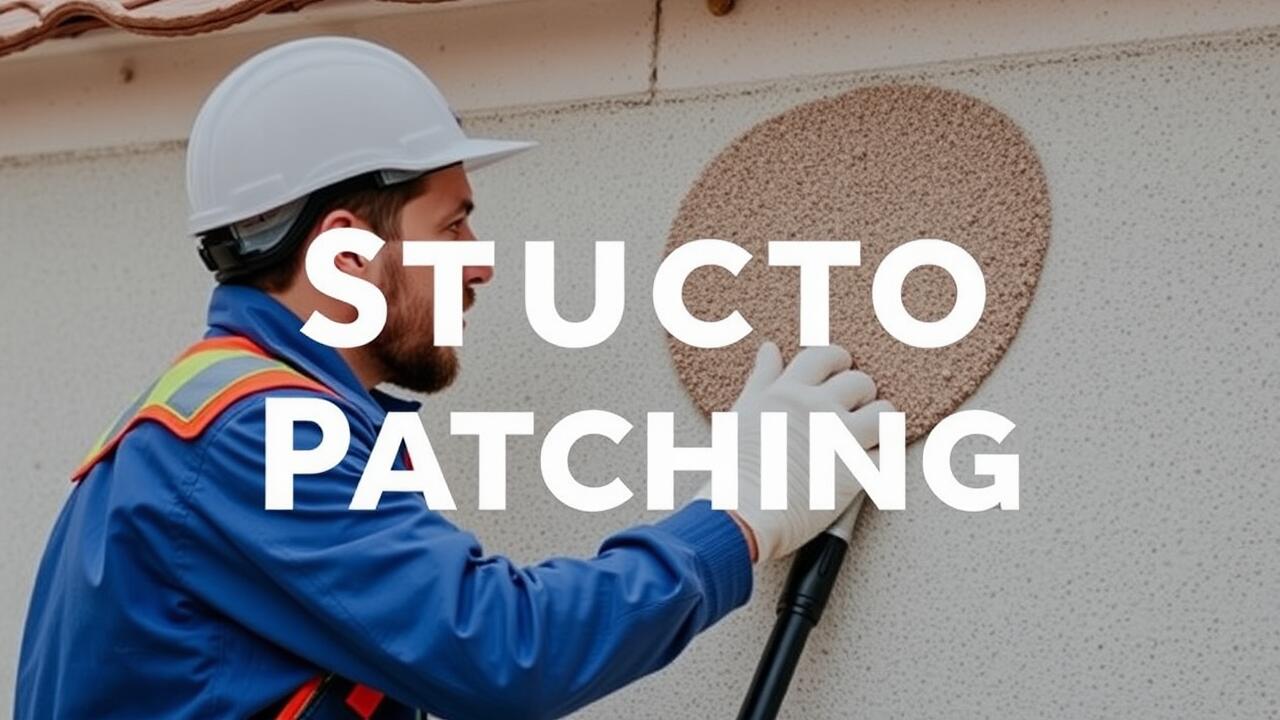
Repairing Damaged Stucco
Stucco is a popular exterior finish known for its durability and aesthetic appeal. Over time, however, it can experience wear and damage due to weather conditions, foundation settling, or even poor installation practices. Repairing damaged stucco promptly is crucial to prevent further deterioration and maintain the overall integrity of the building. Common repair techniques may involve patching small cracks and breaks. For properties in specific areas such as Los Feliz, Los Angeles, stucco patching services are available to address these issues and restore the surface to its original condition.
When approaching stucco repairs, it is important to identify the underlying cause of the damage. Addressing issues like moisture intrusion or structural shifts can prevent future problems. After making necessary repairs, the patching material should closely match the original stucco in terms of color and texture. This ensures that the repaired areas blend seamlessly with the surrounding surface. Regular inspections and timely maintenance can prolong the life of stucco and keep a home looking its best.
Step-by-Step Guide to Fixes
Assessing the damage to your stucco is the first crucial step in the repair process. Begin by examining the areas where cracks or holes are present. Using a wire brush, clear away any loose debris around the damaged section. It’s essential to ensure that the surface is clean before proceeding. For minor cracks, use a stucco patching compound to fill in gaps, applying it with a putty knife to achieve a smooth finish. Allow this to dry completely according to the manufacturer's instructions.
For larger areas of damage, the repair process may require additional steps. You might need to apply a backing mesh to reinforce the patch if the damage is extensive. This mesh provides better adhesion for the patching compound. Once the mesh is in place, apply a thicker layer of the stucco patching compound, feathering the edges to blend it into the existing stucco. When looking for expert assistance, consider local options such as Reseda, Los Angeles Stucco Patching, which can offer specialized knowledge in repairing both traditional and synthetic stucco surfaces.
When to Replace Stucco
Stucco can be a durable and aesthetically pleasing exterior for homes, but there comes a time when repairs no longer suffice. Homeowners should be attentive to signs that indicate a complete replacement may be necessary. Issues such as serious cracking, water damage, or mold growth suggest that the integrity of the stucco has been compromised. In many cases, continuing to patch and repair damaged areas can lead to more extensive problems down the line.
For residents in areas like Reseda, Los Angeles, stucco patching may initially seem like a practical solution. However, if visible damage persists or worsens despite multiple repairs, evaluating for a full replacement becomes essential. Factors such as the age of the stucco, the severity of damage, and the climate can all influence the decision. Investing in a new application may ultimately save homeowners from greater repair costs and ensure the longevity of their property's exterior.
Evaluating the Cost of Replacement
The cost of replacing stucco can vary based on several factors, including the extent of the damage, the type of stucco material chosen, and the region. In areas like Palms, Los Angeles, the prices tend to be influenced by local labor rates and the availability of materials. Homeowners should expect to pay for both the removal of old stucco and the installation of new systems. This process can be particularly labor-intensive, affecting overall expenses.
Researching different contractors and obtaining multiple estimates can help in making an informed decision. Additionally, understanding the various types of stucco materials available will play a role in determining the cost. Traditional stucco often comes with a different price point than synthetic options, which can provide added durability. For those considering repairs instead of full replacement, services like Palms, Los Angeles Stucco Patching may offer a more budget-friendly alternative while still ensuring quality results.
Types of Stucco Materials
Stucco is a popular exterior finish that comes in various types, each offering different aesthetic and functional qualities. Traditional stucco is composed of cement, sand, and water, creating a durable structure that can withstand the elements. This material is known for its versatility and can be applied in several textures and styles. It is particularly favored for traditional and southwestern architectural designs, making it a common choice for home exteriors in many regions.
Synthetic stucco, often referred to as Exterior Insulation and Finish System (EIFS), offers distinct advantages such as improved insulation and energy efficiency. This type utilizes foam boards underlying a thin coat of stucco, providing a lightweight finish that adheres well to various surfaces. While synthetic stucco is popular for its modern appearance and energy-saving benefits, it requires careful installation to avoid moisture issues. Homeowners seeking stucco repair services often consider local professionals specializing in Westchester, Los Angeles stucco patching to ensure high-quality workmanship and longevity of their investment.
Differences Between Traditional and Synthetic
Traditional stucco is a cement-based material that has been used for centuries. Its composition includes sand, lime, and water, which creates a durable and weather-resistant surface. This type of stucco is known for its ability to breathe, allowing moisture to escape and reducing the risk of mold and mildew. In areas like Pacific Palisades, Los Angeles, homeowners often opt for traditional stucco due to its lasting appeal and classic aesthetic.
Synthetic stucco, or Exterior Insulation and Finish Systems (EIFS), presents a modern alternative. It typically consists of a foam insulation board covered with a thin layer of synthetic material and finish. This system offers higher energy efficiency and a lighter weight compared to traditional stucco. However, it can be more susceptible to moisture issues if not installed correctly. Homeowners in Pacific Palisades may find that while synthetic stucco can provide vibrant colors and textures, its maintenance requirements differ significantly from traditional options.
FAQS
What are common signs that stucco is damaged?
Common signs of damaged stucco include cracks, discoloration, bulging, or peeling paint. It may also show signs of moisture intrusion, such as mold or mildew.
How can I tell if my stucco needs repair or replacement?
If you notice extensive cracking, water damage, or structural issues, it may be time for replacement. If the damage is minor, repair may be sufficient. A professional inspection can help you determine the best course of action.
What factors affect the lifespan of stucco?
Factors affecting the lifespan of stucco include climate conditions, quality of installation, maintenance, and the type of stucco material used. Generally, well-installed stucco can last 50 years or more with proper care.
Are there specific years when stucco was known to be of lower quality?
While there isn't a specific year, homes built in the 1970s to 1990s sometimes used lower-quality stucco materials and installation practices, which could lead to more frequent issues compared to modern methods.
How can I maintain my stucco to extend its lifespan?
Regular maintenance includes inspecting for cracks, cleaning the surface, ensuring proper drainage, and addressing any moisture issues promptly. Repainting or sealing may also help protect the stucco from damage.
